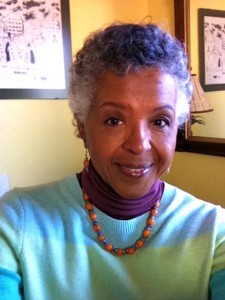 Adopted by a white family as a black child, Catana struggled with issues of racial identity. With her late husband actor Fred Tully’s encouragement, she wrote a memoir about her experience, in the hopes it will help other multi-racial adoptive families.
Adopted by a white family as a black child, Catana struggled with issues of racial identity. With her late husband actor Fred Tully’s encouragement, she wrote a memoir about her experience, in the hopes it will help other multi-racial adoptive families.
Tell us about your background…
I was born in a humble remote village in Guatemala and was told that shortly after my birth I was adopted by a family of White German settlers who lived there.
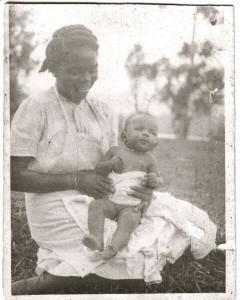
With my birth mother, Rosa
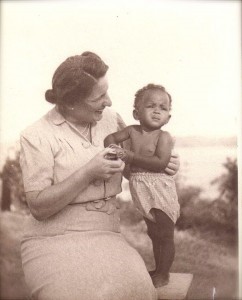
With my German adoptive mother, Mutti
I grew up as a German child in Guatemala City. German and Spanish were my first languages, soon followed by English, so that by age eight, I spoke and read three languages fluently. I attended the best schools in Guatemala then was sent to an international British boarding school in Jamaica, West Indies. My High School diploma came courtesy of the University of Cambridge, England, because at the time, in 1959, Jamaica was still a British colony.
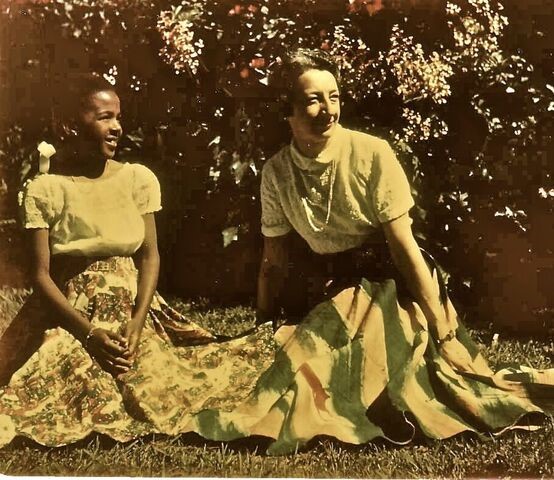
With my German sister, Ruth, 1948
With the intention of becoming an international translator and interpreter, I enrolled in the language academy in Munich, Germany. However, because of my exotic appearance and fluency in High German, I was offered a part in a play—the rest is history, as they say. Based in Munich, I worked as an actress in Germany, Austria, Italy, and France in films, television, and stage, and also traveled the world as a fashion model. Check out my work (in Europe I was Catana Cayetano, in the US Catana Tully).
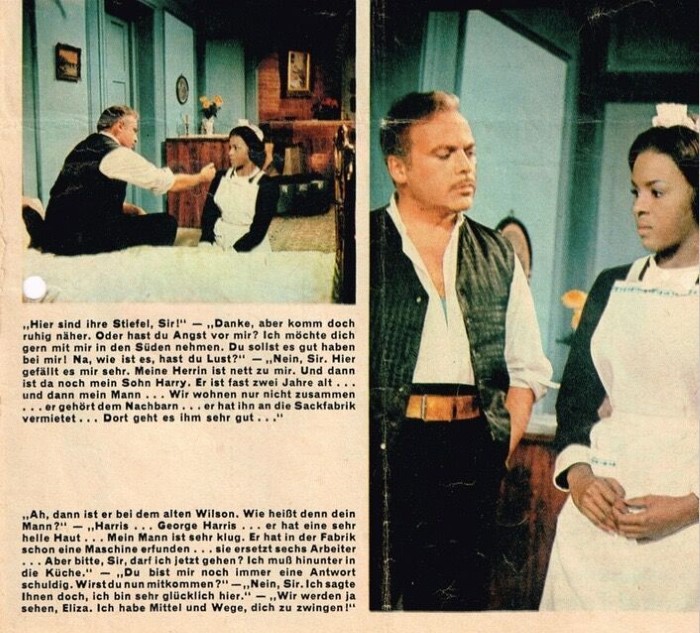
As Eliza in a German production of Uncle Tom’s cabin, in a scene with Herbert Lom
In many a European imagination, I became what can only be called the “darling exotic.” — intriguingly unusual, different, alluring, attractively foreign… Only positive connotations. I was always referred to as the beautiful exotic Catana… I had a nationality that was respected (Guatemalan) and a positive image of self.
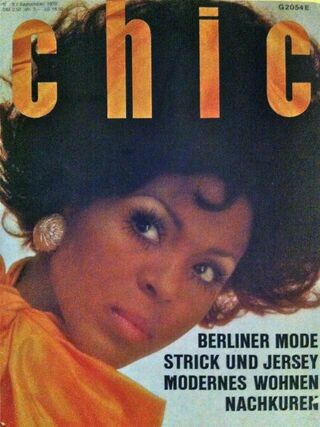
Cover of Chic fashion magazine, 1970
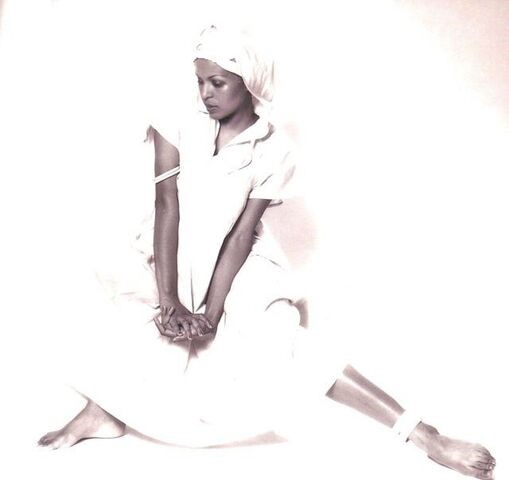
Modeling for photographer Hado Pruetzmann, 1970
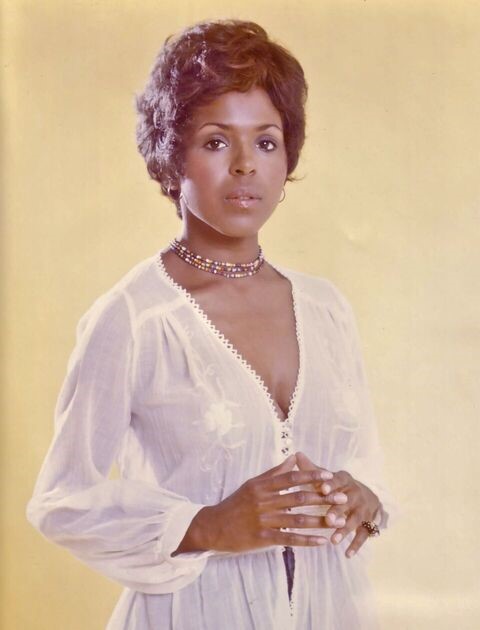
Modeling in the US, 1978
I met and, after five years of courtship, married my American actor husband, Fred Tully. For a White middle-class American in the ‘60s to marry a Black girl was extremely uncommon. (I capitalize the words Black and White because no one is the color black, or the color white. It is to separate race and culture, from the mere color. Even the darkest African isn’t black, nor is the palest European white.) Then we had a son, and because Fred spent months at a time working in the US, I decided to move to Los Angeles for the sake of our family.
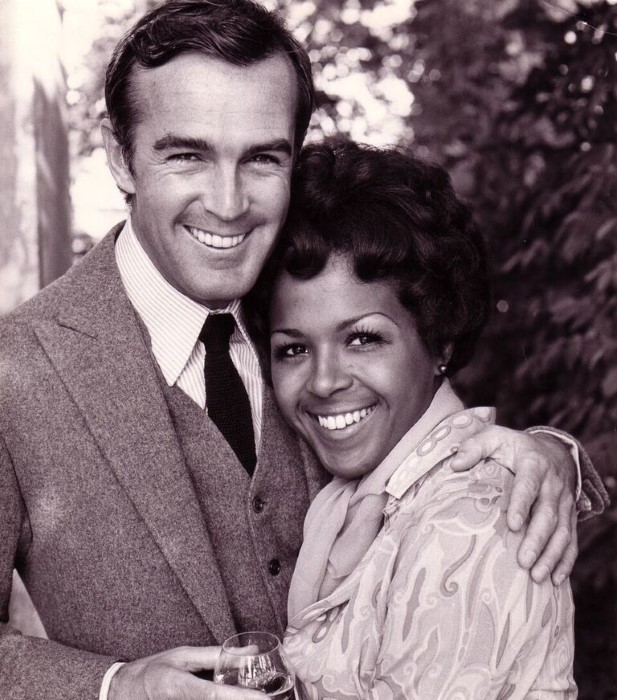
With Fred in Rome, 1969
At 35, with no positive Black frame of reference, subliminal messages had created in my mind a negative vision of Blacks. Having to identify as Black, as was demanded of me in the US, was extremely irritating, particularly when my appearance had elsewhere been to my undisputed advantage.. Looking back, I guess I was. At the time, although I was aware of the attention, I did not capitalize on it. My sense of self became brittle so that in spite of having landed a role in a major US film (Swashbucklers) and a recurring part in an educational TV series, I gave up acting. After three years of grappling with racism and discrimination, I moved the family back to Munich. The confusion led to further resettling: one year in Munich, two in San Miguel de Allende, Mexico, and finally, upstate New York, where my husband’s family lived.

With Patrick, 1978
At 42, and in need of work, it was time to finish my college degree. I was mischievous as a school kid, but studying came easy as a focused adult. I enrolled at the University of New York at Albany and obtained a Master’s Degree in Latin American and Caribbean Literature, followed by a doctorate in Humanistic Studies. With those degrees in hand, I applied for and received a tenure track position at the Northeast Center, Empire State College (ESC), New York. The college is part of the State University of New York system. I was exactly 49 years and 10 months old when I signed on the dotted line. I created a variety of courses in undergraduate and graduate studies in Latin American and Caribbean literatures, cultural studies, art history, and social studies.
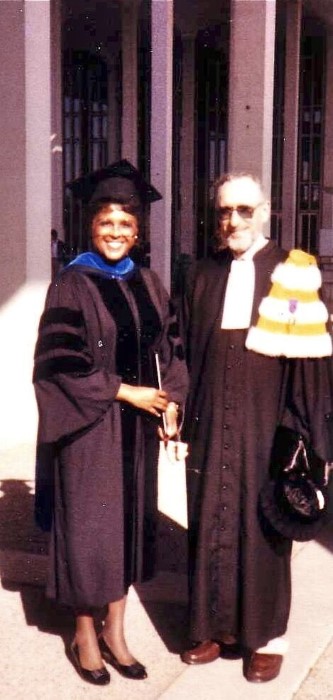
Graduating with my doctorate in Humanistic Studies, 1989
While the position allowed for much academic creativity in designing my courses, my real learning came from mentoring adult students who wanted to complete a degree they had abandoned years ago, many of whom had acquired significant knowledge in an area for which college credit could be awarded. Reinvention was everywhere. With completed degrees, doors opened for these students to significant positive changes in their lives. There are several who, after completing their bachelor’s degree, continued studying and are now faculty in colleges and universities. They all taught me about courage and perseverance in the face of adversity.
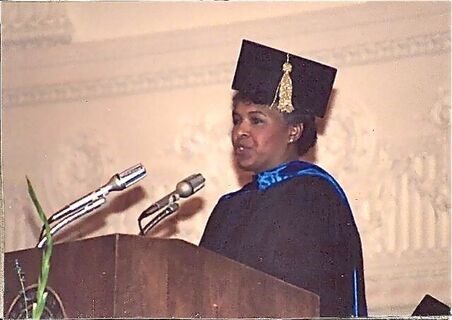
Addressing our graduating class, 1992
ESC was a simulating environment, and I would have stayed longer, had my husband not come down with cancer. When it became clear his time was coming to an end, I retired at 63. Fred wanted to see me among family when his time came so we sold our home and moved to Guatemala, but it was hard for me to adjust to living there again. When our son married and moved to Sedona, Arizona, a haven for alternative medicine practitioners, I again packed our household up and moved back to the US, this time to Arizona.
Fred passed a few months after our arrival, and I returned to ESC as part-time faculty in the international section of the college, teaching art history and cultural studies and mentoring students through their degrees. After traveling to locations such as Beirut to open the semester, I could teach online from the comfort of my home in Arizona. I also became the interim program director for the Dominican Republic and was regularly in Santo Domingo.
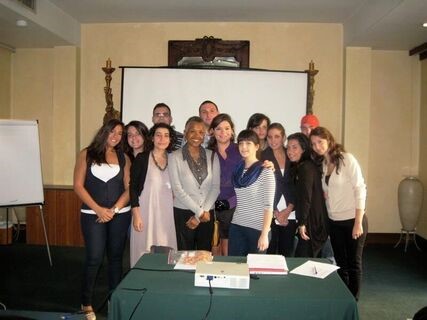
With my students in Lebanon, 2010
What is your next act?
I am the author of Split at the Root: A Memoir of Love and Lost Identity which I published in 2012 at the age of 72. In my memoir, I explore questions of race, adoption, and identity—not in the role of a professor in cultural or social studies, but as the Black child of a German family in Guatemala. I began to research the mystery of why Germans became my parents after my reluctance to being Black in the US became a psychological obstacle. I entered therapy while I was pursuing my Master’s degree. I concluded that it was not only my foreign accent that alienated me from Blacks, and discovered that under the layers of privilege (private schools, international travel, my life as a model and actress), the most important story was that of disinheritance—cultural and racial.

Propelled by that understanding and my therapist’s direction, I began my search. I first found and met my biological father, whom I at first embraced and then rejected (to say more would be a spoiler), and then traveled to Guatemala and the jungle village where I was born to connect with my biological mother’s family. I was floored at how my memory had been kept alive as legend among my siblings and the village. In the end, I discovered the truth, when my German sister, after all my previous efforts, finally came clean. Again, it would be a spoiler to say anything more.
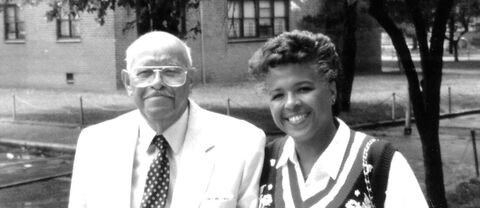
Reuniting with my biological father, 1992
The response has been wonderful. A student at USC picked up a copy of my book and suggested it to one of her teachers. The book became required reading as case study in the Masters in Social Work at USC, Los Angeles. English mayors at Georgian Court University, a liberal college in NJ, were assigned to book as part of their readings about identity and nationality. It has also applied in four high schools that I know of in NY, and CA. Various book clubs in the US added Split at the Root to their reading list and invited me to participate in the discussions.
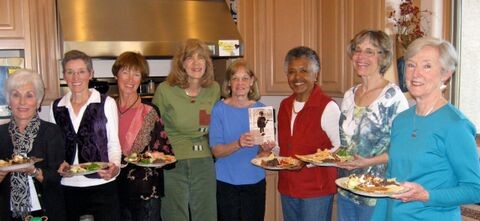
Book club luncheon, Sedona
I’ve been interviewed multiple times on adoption blogs, have a significant amount of positive reviews, including one in the Huffington Post by Myrah Riben. I’ve also had interviews and discussions on some 28 radio shows throughout the US and Canada, and one coming up in England. In late 2015, with the help of two German translator friends, I finished the German translation, titled Gespaltene Seele: Aufzeichnungen über Liebe und verlorene Identität. Once I catch up with my neglected blog, I will start to record the book in both languages.
Initially, the significant response to Split at the Root led me to consider becoming a coach for adoptees and adoptive parents, primarily those grappling with their identities and searching for their purpose in life. While I concluded that I’d done enough coaching and mentoring to go back to that form of engagement, I have, nevertheless, selected a few clients.
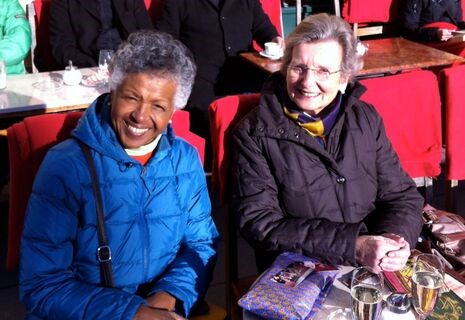
With my German translator, Edda, 2013
How did you come to write and publish your memoir?
I wrote the initial version of my memoir back in 1995, when I was 55. I wanted to write about the issues I had dealt with all my life to a larger or lesser degree, on a conscious or less conscious level: issues of misplaced identity, of profound insecurities when among people of my race, of having no understanding of, or a connection to, Black cultures. It took years for me to realize that my perception of the world was detrimental to my emotional and social framework. It had taken me over a decade of therapy to come to a point of self-acceptance and healing.
Because of my long experience regarding misplaced identity, I felt I owed this book to White middle class families in the US and Europe, who had started to adopt children who did not look like themselves. They needed to learn that regardless of their well-intended efforts, loving their child was not enough, and they could not control what their child absorbed or thought.
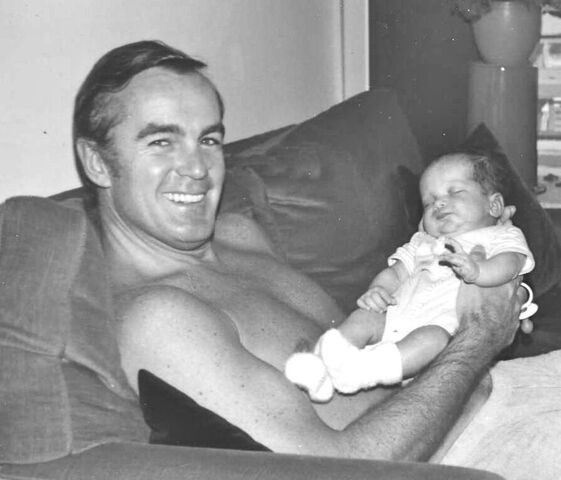
Fred with baby Patrick
No books about the subject had been written in 1995. The college supported my efforts by awarding me time to travel and research my origins, and stipends for editorial input. Not until the last of my four trips to Guatemala, when the truth I was looking for came through, could I sit down and hammer away. It was March 1995. Fred was in LA, our son Patrick was in boarding school, so that in a matter of five uninterrupted weeks of writing, eating, sleeping, repeat—the time of day or night did not matter, I was in a zone—I produced a 500-page manuscript. I sent it around; it was received with much interest but the recommendation was to work with a book doctor, which I did.
Writing was one thing, rewriting quite another. In the process, working diligently on the rewrite for several months, I lost my original writer’s voice. The second draft was a slick, polished, well-written book that lacked emotion. What kept me devoted to the work was the reason for having written it in the first place, as well as my staunchest supporter in all my endeavors, my husband Fred, who read every word in my writing process.
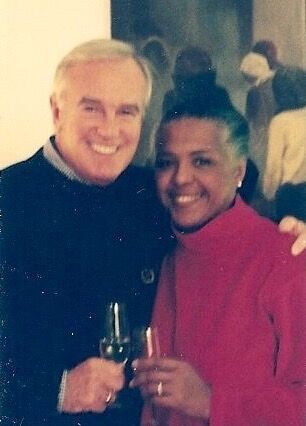
With Fred, 1995
Sometimes years went by before I’d pick up the manuscript again; I have six completed drafts. Still, Fred kept at me. Toward the end of his life, disappointed he’d never hold the book in his hands, he said, “I’ll have to die so you can dedicate yourself to finishing your book.” It would take another six years after his death before I returned to the manuscript. I had to publish, I still had the audience, and in fact there was a larger audience now: Adoptees had grown up and they identified and grappled with the same issues, and were looking for solutions in their own lives. Not to disappoint Fred, the staunchest believer in me and in my work, I felt destined to publish.
It became clear that I needed to leave the obligations of a job to dedicate myself to my next reinvention. I was 70 when I retired entirely from work at the college and I began in earnest to call myself a memoirist. Almost two decades had gone by from the time the original manuscript was written to the publication of Split at the Root: A Memoir of Love and Lost Identity. With the changes in the publishing world, I was not going to spend time looking for a publisher. To prove to friends, colleagues, and family, that I had done what I’d for so long been talking about, I self-published in 2012.
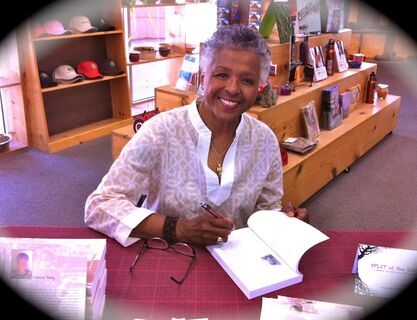
Book signing, Sedona
How supportive were your friends and family?
Friends and family might have sensed to some degree my issues with identity. But they saw my life as charmed, for in their eyes I was living in the best of all worlds. Not until they read Split at the Root did they discover the inner turmoil that had for so long engulfed me.
Fred was more in tune with my inner turmoil and must have understood, better than anyone else, the indelible scar the separation from my birth mother left on my soul. It was he who held us together through all the conflicted times and situations I created. He was as close to me as my skin. By exiting my life when he did, I was forced to grapple with my personality, my being Black, and come to a deeper sense of my purpose in life. I believe he still guides me from beyond by directing me toward blessings that nourish my soul on a quiet, introspective, spiritual path.
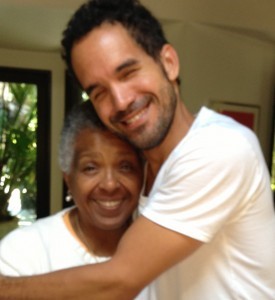
With Patrick
My son Patrick is the other source of unconditional love and support. I am time and again surprised at his enduring love for me. I tell him he needs therapy because he lived through the many shortcomings I faced while raising him. But he insists that throughout his life, he always felt loved, secure, and well protected by his parents. The many upheavals and changes in direction he was a part of as a young child, have given him an unusual degree of sophistication and polish as an adult. While in younger years I had strong racist tendencies, he has none. He is not only my son; he is also my best and most trusted friend.
Regarding my German family, my parents had both died, and it was Ruth, their other daughter, who was very supportive. However, she kept her distance. She still lived in the home we’d grown up in, in Guatemala City. Our relationship had been stormy at times, as sibling rivalry can be. But she was the one whose memory was intact and who knew how things had transpired throughout my early life. She knew my Black family but held back the information, although in the end she did come through. She was actually very supportive and sensitive, and fully understood my cultural alienation. But the final revelation did not come easy for her.
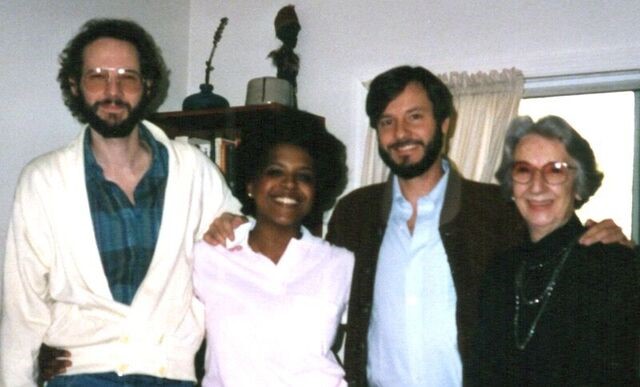
With Ruth and her sons, 1986
What did you learn about yourself through the writing process?
Writing Split at the Root was at times cathartic. There was much anger and lashing out and feelings of having been wronged, particularly when writing about the disrespect I was allowed to harbor against my birth mother. In the subsequent reviews and revisions, I removed the self-pity and meanness. It had been good to vent but, as in life, it was important to get rid of what no longer served a purpose. My German mother would remind me, whenever she felt I was about to have a fit, to put my moral corset on. Pretty much like Maggie Smith’s character in Downton Abbey, referring to the vulgarity in displaying emotions. When writing a memoir, it behooves one not to offer gratuitous hatred and indulgent self-pity. It’s good to vent, and best to remove what reflects poorly on the author and does not contribute to the story.
Being a funny person who delights in getting others to laugh, I have a good sense of pacing and delivery. But that is not necessarily storytelling. In writing Split at the Root, I learned how to tell a story. When the book came out it was revealed to me that I was a fine storyteller. I now strive to tell stories on my blog. Writing is my new frontier where I am free to experiment and be challenged again and again. But writing is not easy.
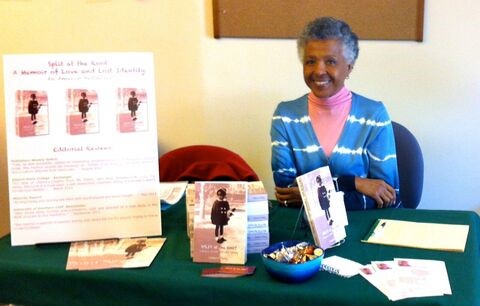
Book Festival in Sedona
What advice do you have for those thinking about a change in midlife?
I view the propensity for getting the itch and courage to make changes in mid-life from an astrological perspective. (I’ve studied astrology for over 50 years, initially as part of trying to discover who I really was. I use it as a tool only when guiding others.) There are life stages when realizations come through quite clearly. A clear midlife situation occurs when transiting (current) Uranus opposes the position it had in the birth chart, usually around 45-46 years old. It is slow and takes from two to three years. For women, it often comes with the onset of menopause.
Challenges need to be faced and dealt with. Depending on the sort of disruption, one way or another, one needs to confront the situation. Often there is the “aha” moment, revealing with clarity where one needs to go, or what it is one wants. Taking the challenge and riding the wave will help smooth an inevitable transition. If there’s a desire for change, there is also an opportunity to do so. Youth is fading yet one is still in the midst of life. Supportive peers are needed and welcome, but also friends who are a generation older, who have gone through that sense of detachment from the past, or a generation younger, who still have the hopes and dreams and are working toward them. There’s no need, at a time of change, or ever, for skeptics and critics.
The next significant jolt comes around age 56-58, Saturn’s second return to the original place in the birth chart. It’s another slow transit that takes about two years to go through. Another stage with issues around accomplishments achieved or not, and how much time might still be left to reach hoped for goals. Sometimes change comes from exterior forces, other times through inner needs for breaking loose from what feels constraining.
One should never think of oneself as foolish for daring to change paths. Fred used to say: “Just because you’ve made a mistake does not mean you have to live with it.”
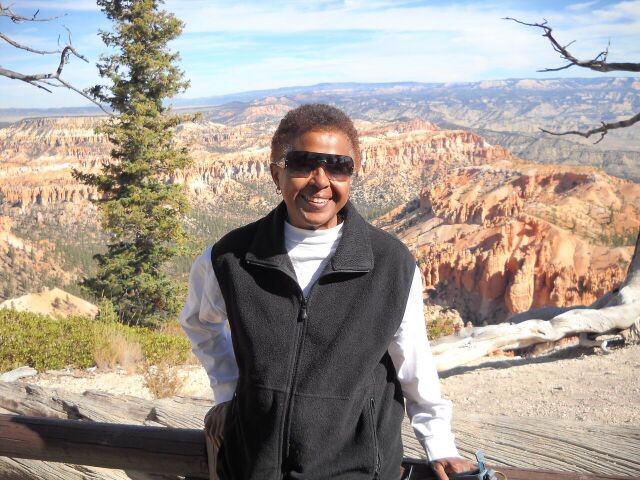
Hiking Bryce Canyon, Utah
What reading do you recommend?
The Primal Wound: Understanding the Adopted Child, by Nancy Newton Verrier. This seminal book in the study of the mother/child connection underscores what I wrote about as well. It was an act of love when my birthmother left me with the Germans; she suffered immeasurably for having done so. I was well cared for and learned to rationalize and conform. Sucked it up, as it were. The injury of separation from the birthmother is indelible and deeply rooted in each of their Souls. The Primal Wound
needs to be read carefully by everyone who picks it up.
YOU-TURN: CHANGING DIRECTION IN MIDLIFE: Over 40 Stories of People Over 40, by Nancy Irwin, PsyD. Is an inspiring read; the author describes her guidance and success in helping people change course.
The New Diary: How to Use a Journal for Self-Guidance and Expanded Creativity, by Tristine Rainer. Some people like to journal. Journaling is a path into exploring what lies beneath the surface of one’s desires. I recommend this book, whether one has been journaling for some time, or is considering doing so.
Your Life as Story, also by Tristine Rainer. A magnificent guide to writing a memoir.

Hiking Zion with my friend Callie
What’s next for you?
I am now focusing on blogging about a variety of issues, mainly recognizing and honoring what growing older makes us think about. I have many years to look back on, and am time and again shocked that I’m already 75. It’s a good thing I don’t look or act it. I’ve concluded that the Universe is indicating there’s reason for my good fortune in being healthy and having a youthful appearance and disposition. I’m destined to offer more. Exactly what more, I don’t know. But it will reveal itself as long as I continue moving forward. No longer needing or wanting to battle the storms of youth and society, I find myself looking inward in contemplation of self and the intangibles of mind and spirit.

Hiking Sedona with my dog, M’Penzi
In my last act, I no longer feel I need to create deliberate intentions. I’ve always been a rebel of sorts, and am seen by the next generations of my White and Black families as the elusive, eccentric family member who separated from the fold to lead an eclectic, colorful, conflicted life. Perhaps some day I’ll wear purple. Until then, I’ll continue to relish my hermit’s existence in Sedona, where I experience daily the delicate veil between the worlds. Being alive is indeed a privilege. With friends who are one or two (even more) decades younger than me, I go on hikes in the wilderness, meet for lunch, and talk about books, horses, dogs, birds, about the simple pleasures derived in a life that’s becoming increasingly less complicated.
Contact Catana Tully at Catana@splitattheroot.com
Website: http://splitattheroot.com/
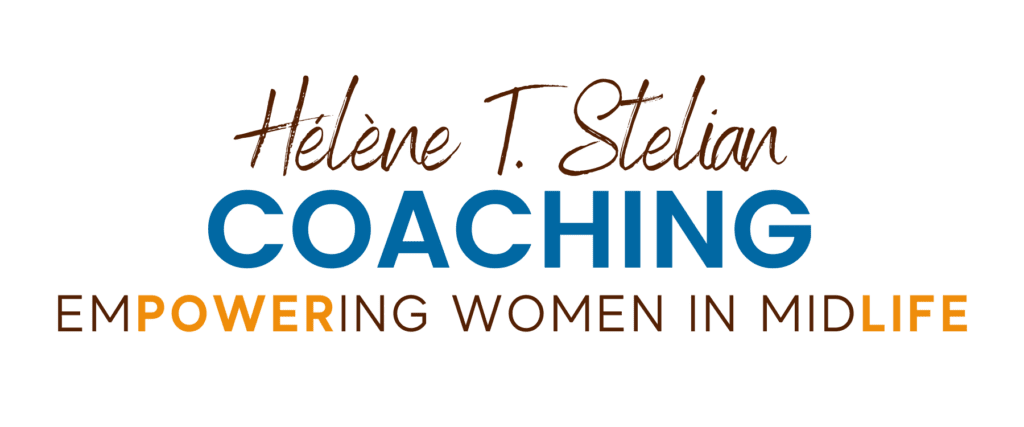
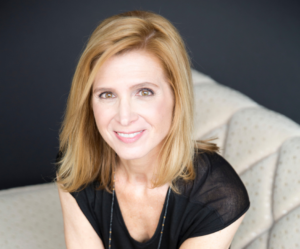


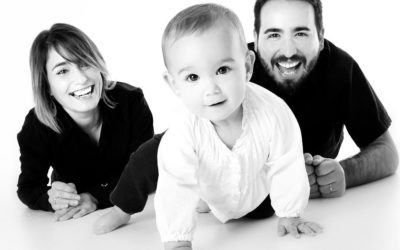

As a mother to a child adopted transracially I really only have two words to leave you for this post: thank you.
That is the highest praise. Thanks so much for reading and commenting Carla.
Thank you so much for the fine compliment, Carla. It would give me much pleasure to know that my story will also support you in your adoption experience. Never easy, but more often than not: most rewarding!
Your post gave me a lot to think about. First of all, I respect your spunk! I also appreciate what Fred said – just because you made a mistake…….
I agree — you certainly do not look or act your age and look forward to connecting with you on your blog.
Thanks so much for the compliments, Carol! I will resume posting on my blog a little into Spring…
I am really enjoying reading Split at the Root. I am amazed and overjoyed with comparing notes around the experience of interracial upbringing and displaced DNA.
Paula! Thank you much for reading Split and for enjoying the ride. I am delighted that you made the effort to let me know. Please also offer me your ideas when you finish reading. It would mean a lot to me.
Thank you for sharing your story, as the mother of an adopted daughter, I so enjoyed hearing your thoughts on race and adoption. Will def love to be able to read more about your adventures in your book! You are inspiring!!
Dear Rosemond,
Thank you for taking the time to leave a message. I hope you enjoy reading Split, a very personal story that somehow resonates universally for the adoption triad and beyond. All the very best to you and your family. ~ Catana